Kurt van der Basch is a freelance storyboard artist. His film credits include Star Wars: The Force Awakens, Cloud Atlas, and Jurassic World: Fallen Kingdom.
I was experiencing a Michelangelo mini-obsession when Victoria & Albert museum conservator Johanna Puisto e-mailed me about her blog project on the cast of David’s nose asking if I’d like to contribute a drawing. I had recently seen the Michelangelo and Sebastiano Exhibition at the National Gallery and was half-way through Martin Gayford’s evocative 2013 biography, Michelangelo: His Epic Life. I was thrilled and accepted immediately.
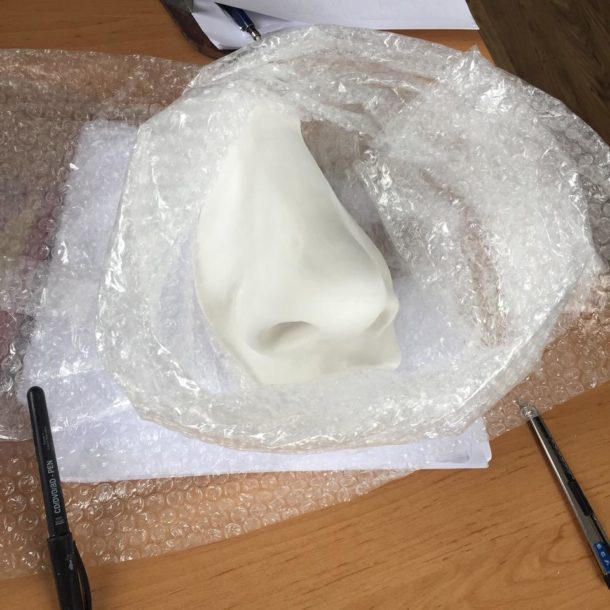
My excitement was mainly because it would give me the chance to do some ‘real’ drawing. I’m a commercial illustrator and, for the most part, self-taught, so I have always harboured a certain envy towards colleagues who experienced what I imagine are the rigours of a proper art education. Which is to say, extensive academic drawing. We have this romantic image of them from the grainy sepia photos of Eakins’ students or the classes at the École des Beaux-Arts in Paris. These students in old-fashioned vests and shirt-sleeves spent dozens even hundreds of hours of their student days crammed around a model or, most often, a plaster cast, diligently drawing. Because of the cost, models’ availability to students was limited and they couldn’t be expected to hold a pose for long periods of time. Casts, however, could. A poor academy student might not have the means to travel to Rome or to Florence but with casts they had unlimited time with some of the greatest sculptural works of the classical era through the renaissance and it seems it was for this world of art study that the cast of the David’s nose was made in 1891 by Brucciani & Co, London.
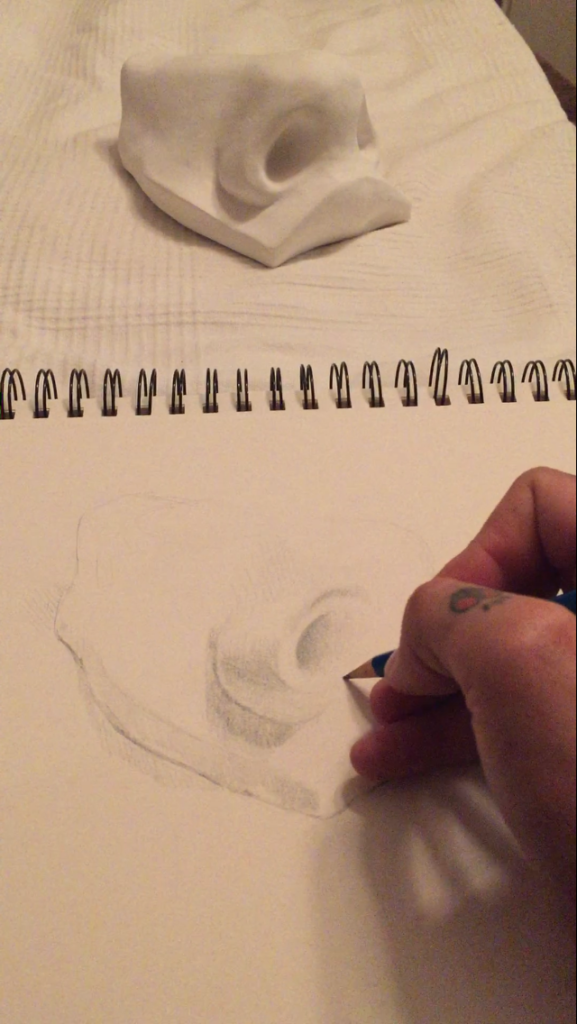
The 1890’s was still the era of the ‘sight-size’ technique. From Alberti to Sargent, sight-size was the standard method of academic drawing for centuries. This system requires the artist to draw their model or cast at a 1:1 size ratio. Facing the subject, students use a plumb line (or at least an imaginary one) and an extended arm holding up a pencil and marking measurements off it with their thumb.
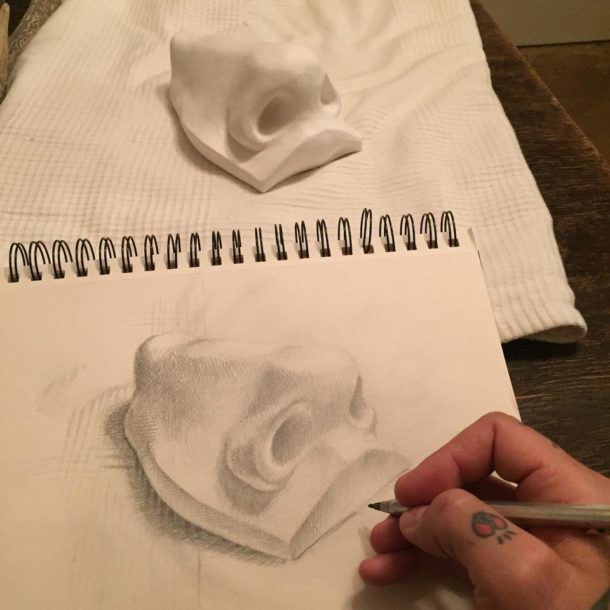
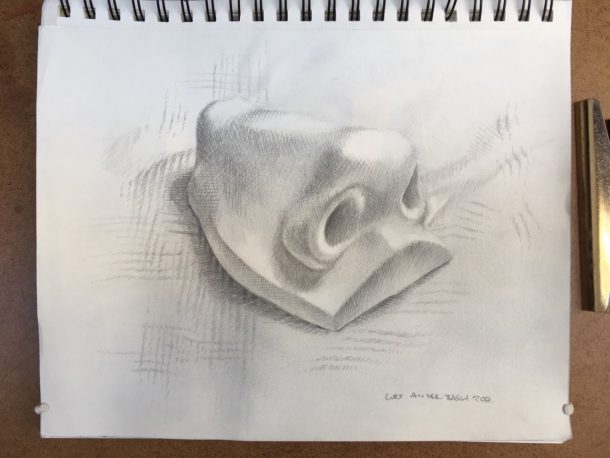
With arm still extended they can then plot these proportions onto their paper or canvas exactly as they see it and with great accuracy. Once the edges are established correctly, the artist can flick their gaze back and forth between the subject and the drawing and in doing so (the same principle cell animation works on) inconsistencies between the two nearly identical images appear to ‘jump’ on the page making any mistakes instantly stand out. With a plaster cast set up and left undisturbed in a studio, an art student could spend days or weeks on a single study and produce an image of mirror-like exactness.
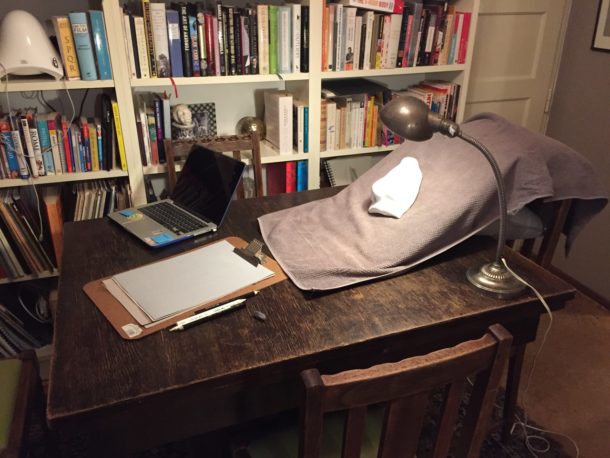
When I started working abroad I discovered the Cast Courts of the V&A in London and the Abguss-Sammlung Antiker Plastik in Berlin and set out to fill the gap in my own drawing education. I spent many weekend hours in these places making drawings of the casts (sometimes, when allowed, with an folding aluminum music stand to put my pad on – like an easel but very light and unobtrusive).
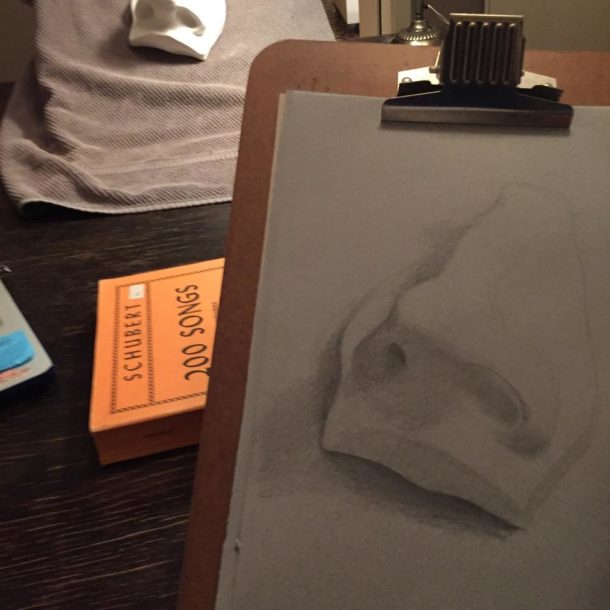
On top of anything I gained in skill from these studies (the progress between my first of these museum drawings and my most recent is plainly, painfully, visible) it was a welcome contrast to my real art job as a storyboard-artist in film production where I produce hundreds of quick sketches to plan the shots of a movie. For the most part these are fantasy and Sci-fi stories that I am illustrating, and so, despite the 500 years and changing techniques, they’re not so far removed from the epic religious scenes and classical myths my would-be colleagues, the commercial artists of the renaissance, were required to churn out. Like them, I am given some specific parameters and references but mostly the drawings come from my head and I draw idealised iconic figures using an artistic shorthand that I have developed for myself over the years to maximise speed and clarity. It’s plain to see that even Michelangelo’s amazing ignudi are not individual portraits either but also idealised figures made by a commercial artist using his own ingenious shorthand of heroic exaggeration plus slight alterations to vary their appearance. In my job I’ve drawn many thousands of faces and it follows, excepting the occasional ‘over-the-shoulder shot’ that I’ve drawn almost as many noses. Sometimes dozens in a single day, so when I sat down first to draw the David nose, I had to remind myself to draw not ‘a man’s nose’ but this plaster nose in front of me and not let the reflex and shorthand I’m so accustomed to at my job to take over.
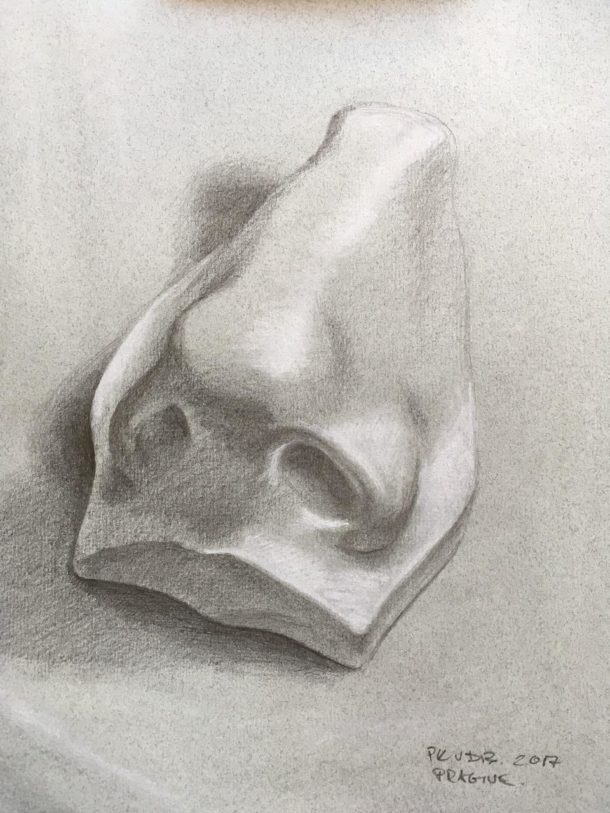
Johanna offered that I could make my drawing from George Eksts’ flawless 3-d scan which, almost miraculously, you can zoom and turn in space to view from any angle. This would, however, remove the task of turning a physical object into a two-dimensional one in my head, an underestimated challenge. I remembered seeing a copy of the nose in a museum gift shop, the British Museum or the Tate, so I looked online to see if I could still get a copy.
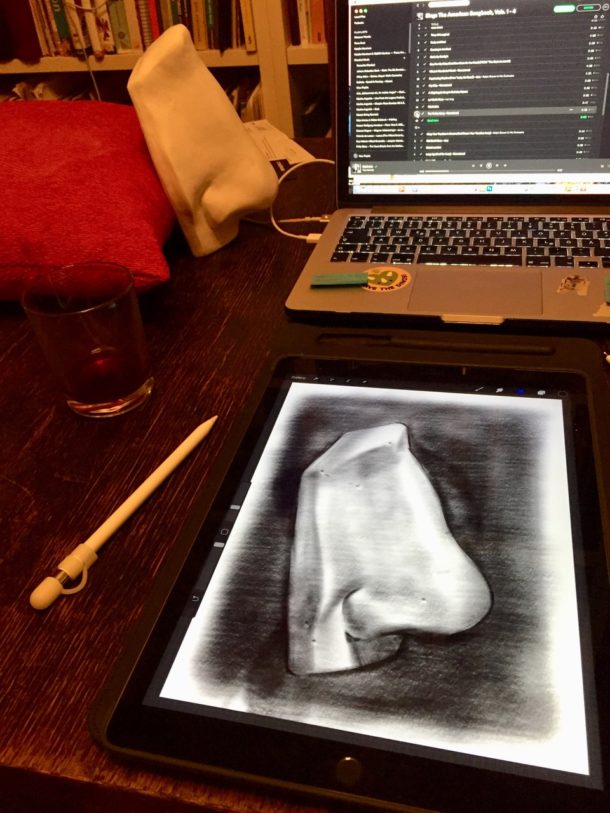
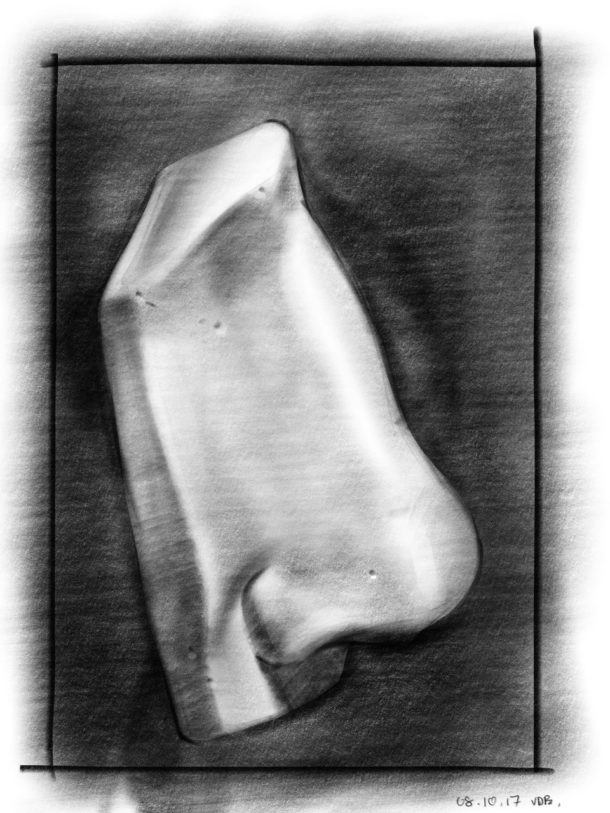
Eventually I found a shop in Kloster Lehnin, Germany, with an online shop of various plaster casts and among their stock was the David nose. I ordered it. It arrived in a box of styrofoam peanuts and was so fresh it left white plaster residue on my hands. It was instantly recognisable for what it was but unlike Mr. Eksts’ scan with its surface texture and patinas that make it resemble high-res images of the moon, the edges on my copy were softened by generations of recopying.
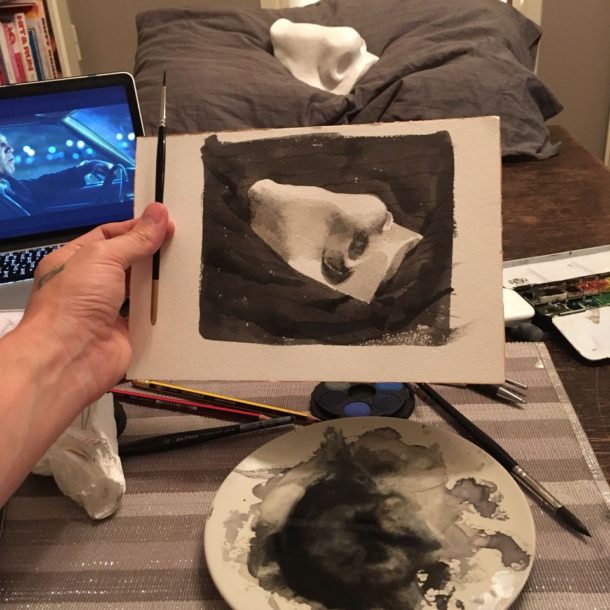
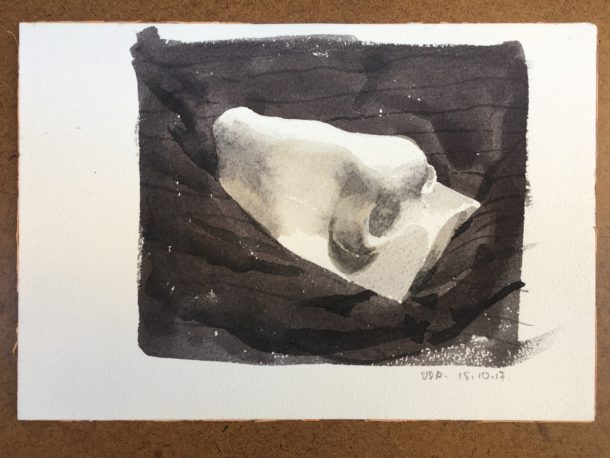
As a piano student in Canada we could trace our teacher-student lineage through our professor to his teacher, then his teacher, and thrillingly for us, all the way back to Beethoven. As I made my first drawing I thought of this similar connection to Michelangelo. Someone took a cast of the real David made by Michelangelo’s own hands. Then from this cast Brucciani made casts of the nose alone. These made their way to various schools and studios where they were drawn from and further copies were made and distributed. As this went on, like in the children’s’ whispering game, the fine details slowly disappeared until two centuries later we find a smooth-edged copy in a decorative plaster shop outside Berlin among plaster cherubs and Buddhas.
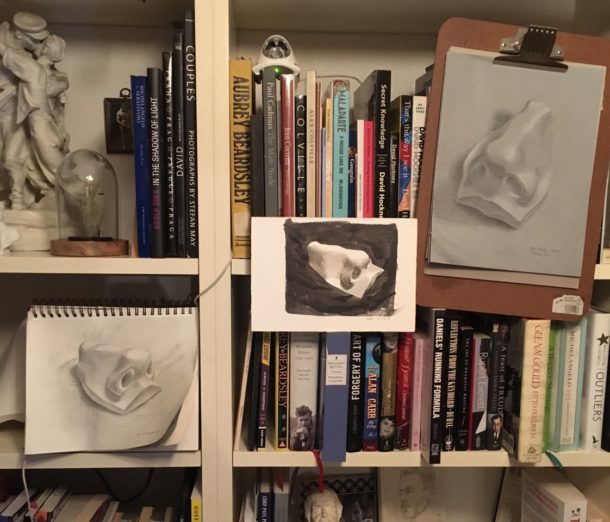
Image, Kurt van der Basch.
The notoriously difficult and grand Michelangelo would probably not have seen much humour in this, but perhaps if he knew this copy went one step beyond the decoration shop to serve again as a model for drawing practice, he’d forgive any indignity his work suffered on its way. Michelangelo encouraged his students assistants to draw but, we’re told, to little avail. A memorable notation by him on one student’s drawing tells him to “Draw, Antonio; draw, Antonio; draw and don’t waste time.” It is an exhortation all artists, including lesser mortals than Michelangelo, would do well to remember.
Kurt van der Basch, 1975, a Prague-based storyboard artist and illustrator, grew up in Canada’s East coast maritime region, where he studied classical piano. In 1999, he entered the film and television industry as an office assistant but was soon designing and illustrating props for the Hallmark Channel’s epic Chinese fantasy “The Lost Empire”, working as a scenic painter on the action-adventure film, “The League of Extraordinary Gentlemen”, and conceptualizing and illustrating props and sets on “Alien vs Predator” and Terry Gilliam’s biographical fantasy film “The Brother’s Grimm”. With a knack for quick drawing, Kurt turned to storyboarding in 2003 with Liev Schreiber’s “Everything is Illuminated” and Neil Burger’s 2004 drama “The Illusionist”. He has since applied his drawing skills to a wide range of media in Europe and the United States, from production illustrations for music videos for Janet Jackson and Kanye West and Madonna’s 2009 “Sticky and Sweet” tour, to drawing storyboards for Tom Tykwer and The Wachowski’s epic 2012 Sci-fi “Cloud Atlas”. He has also worked on dozens of television commercials. Kurt’s most recent projects include J. A. Bayona’s “Jurassic World: Fallen Kingdom” with Chris Pratt, and the much anticipated “Star Wars: Ep. VIII: The Last Jedi”.
In the next post, Andrea Felice, a third generation plaster modeller at FeliceCalchi in Rome, will describe the process of producing nose casts for academic purposes. Stay tuned for The David Nose Cast – Mould Makers Impressions.
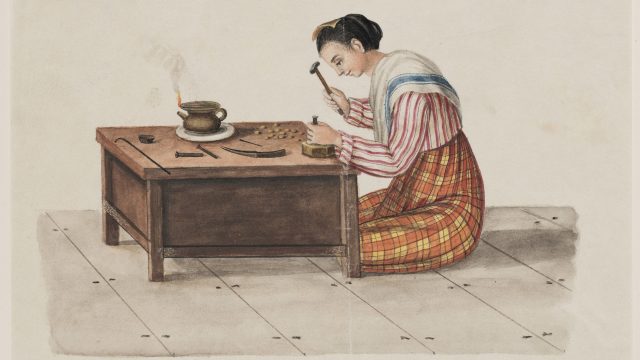
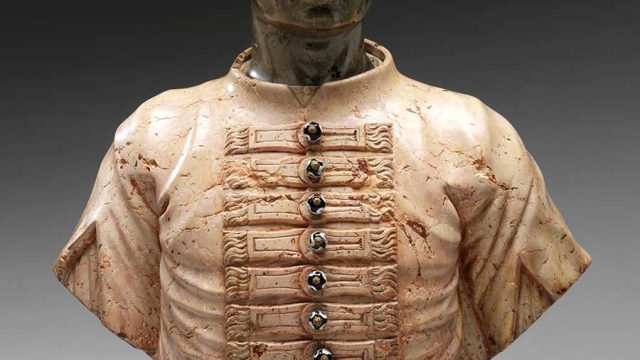
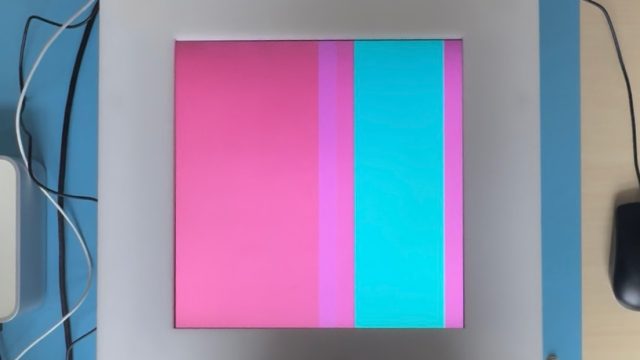
Online game bingo bash chips hack is now easily get able. Get these bingo bash chips hack from the mentioned portal